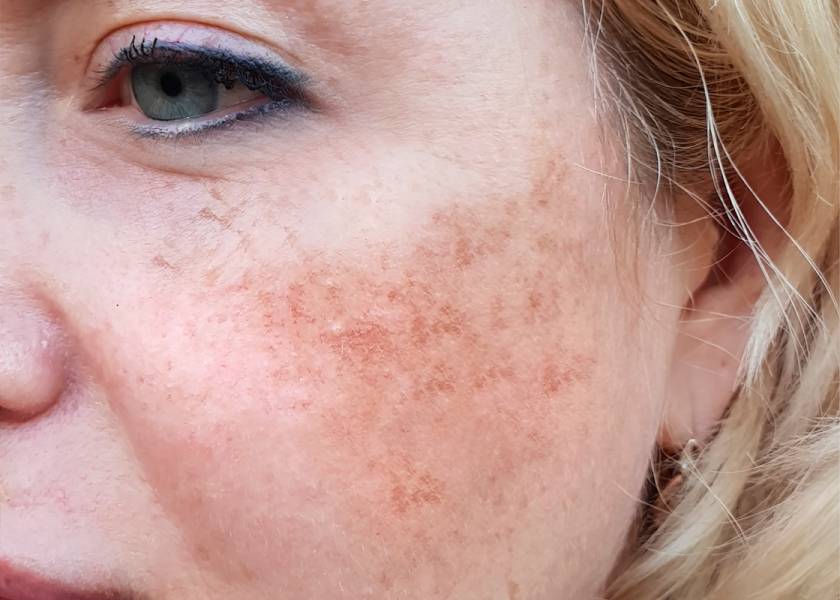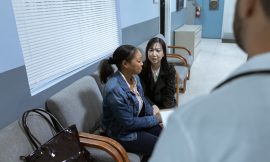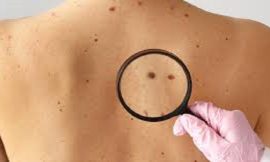Rosacea is a chronic skin condition characterized by redness, inflammation, and sometimes pustules, primarily affecting the face. While the exact cause remains unclear, triggers such as stress, diet, and environmental factors are known to exacerbate the condition. Conventional treatments typically involve topical or oral medications, but alternative therapies like acupuncture and massage can also offer significant relief and relaxation for those managing rosacea.
Understanding Rosacea
Rosacea manifests through various symptoms, including persistent redness, visible blood vessels, and in some cases, acne-like bumps. The condition often progresses through four stages, starting with mild redness and potentially advancing to more severe symptoms if not managed properly. While rosacea can affect anyone, it is most commonly seen in individuals with fair skin and can be aggravated by various triggers, including emotional stress, spicy foods, and extreme weather conditions.
The Role of Acupuncture in Managing Rosacea
Acupuncture, an ancient Chinese therapy, involves inserting thin needles into specific points on the body to stimulate energy flow and restore balance. Although traditionally used for a range of ailments, acupuncture has gained attention as a complementary treatment for rosacea due to its potential benefits in reducing inflammation and enhancing overall skin health.
How Acupuncture Can Help
- Reduction of Inflammation: Acupuncture is believed to stimulate the release of anti-inflammatory substances in the body. By targeting specific acupuncture points, practitioners aim to reduce inflammation and redness associated with rosacea. This can be particularly beneficial for calming flare-ups and improving skin appearance.
- Improvement of Circulation: Enhanced blood flow is another benefit of acupuncture. By improving circulation in the facial area, acupuncture may help to strengthen the skin and support healing processes. This can contribute to a more even skin tone and reduced visibility of blood vessels.
- Stress Reduction: Stress is a known trigger for rosacea flare-ups. Acupuncture can help alleviate stress by promoting relaxation and balancing the body’s energy. A reduction in stress levels can lead to fewer rosacea outbreaks and overall improved skin condition.
- Support for Immune Function: Some studies suggest that acupuncture may support the immune system, which could be beneficial for managing rosacea. By enhancing immune function, the body may better manage inflammatory responses and external triggers.
What to Expect During an Acupuncture Session
An acupuncture session typically involves the insertion of fine needles into specific points on the body. For rosacea, the focus is often on the face and other related areas. The process is generally painless, with many people experiencing a sensation of warmth or tingling as the needles stimulate energy flow.
Sessions usually last between 30 to 60 minutes, and the number of treatments required can vary based on individual needs and the severity of the rosacea. It’s essential to consult with a qualified acupuncturist who has experience in treating skin conditions to ensure effective treatment.
The Benefits of Massage for Rosacea
Massage therapy involves manipulating the skin and underlying tissues to promote relaxation and improve circulation. For individuals with rosacea, massage can be tailored to address specific symptoms and provide relief.
How Massage Can Help
- Enhanced Blood Flow: Like acupuncture, massage improves circulation. Increased blood flow to the facial area can aid in reducing redness and flushing associated with rosacea. Improved circulation also supports skin healing and overall skin health.
- Relaxation and Stress Relief: Massage is well-known for its relaxation benefits. By reducing stress and promoting a sense of well-being, massage can help mitigate one of the common triggers for rosacea flare-ups. Regular massage sessions can contribute to long-term stress management and better skin outcomes.
- Gentle Exfoliation: Certain massage techniques can gently exfoliate the skin, helping to remove dead skin cells and promote a smoother complexion. However, it’s crucial to choose a gentle technique to avoid irritation, as aggressive exfoliation can exacerbate rosacea symptoms.
- Reduction of Tension: Facial massage can help alleviate muscle tension in the face and neck. Reducing muscle tension can contribute to a more relaxed appearance and may help in reducing the intensity of rosacea symptoms.
What to Expect During a Massage Session
A facial massage session typically involves gentle, soothing strokes designed to relax the facial muscles and improve circulation. It’s essential to use hypoallergenic and non-irritating products to prevent any adverse reactions. The duration of a facial massage can vary, but sessions usually last between 30 to 60 minutes.
It’s important to communicate with your massage therapist about your rosacea and any specific concerns. They can tailor the massage technique and products used to ensure the treatment is both relaxing and effective.
Combining Acupuncture and Massage for Optimal Results
Combining acupuncture and massage therapy can offer a comprehensive approach to managing rosacea. Both therapies focus on enhancing circulation, reducing inflammation, and alleviating stress, which can collectively contribute to better skin health and relief from rosacea symptoms.
Creating a Treatment Plan
- Consult with Healthcare Providers: Before starting any new treatments, consult with your dermatologist or healthcare provider to ensure that acupuncture and massage are suitable for your specific condition.
- Work with Qualified Practitioners: Choose licensed acupuncturists and massage therapists with experience in treating rosacea. Their expertise will help tailor treatments to your needs and ensure safe, effective care.
- Monitor Your Progress: Keep track of your symptoms and overall skin condition as you undergo acupuncture and massage. Regular follow-up with your practitioners can help adjust the treatment plan as needed.
Conclusion
Acupuncture and massage therapy offer promising options for managing Rosacea Treatment in Dubai, providing relaxation and relief from symptoms. By addressing inflammation, improving circulation, and reducing stress, these complementary treatments can enhance overall skin health and contribute to a more balanced and comfortable life for those affected by rosacea. Always consult with healthcare professionals to integrate these therapies effectively into your rosacea management plan.




